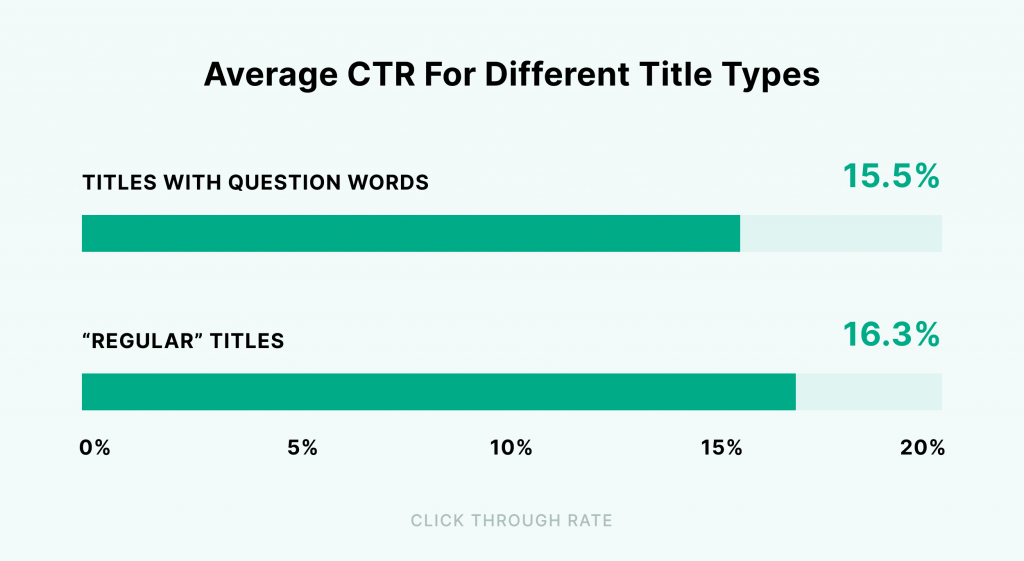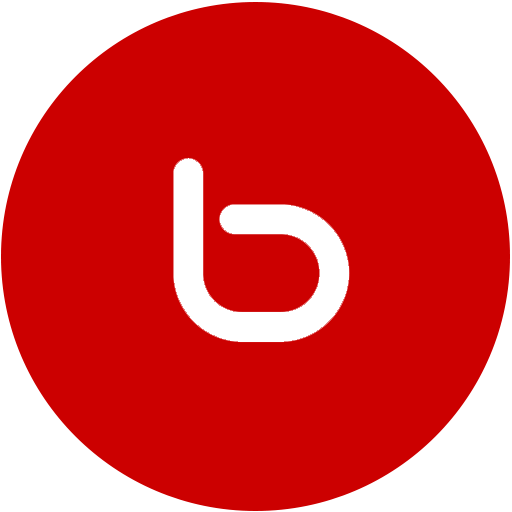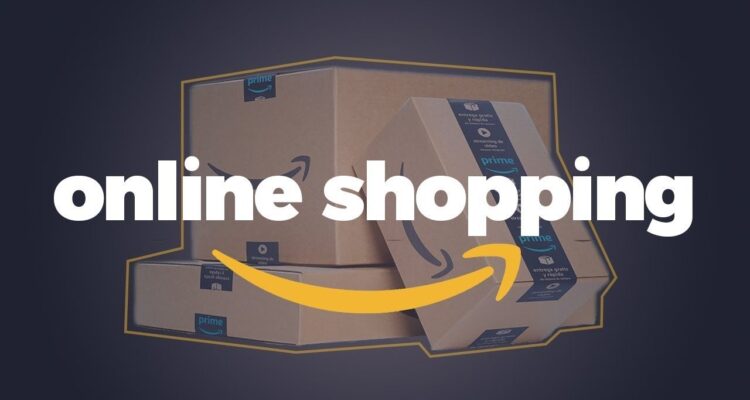When it comes to the field of Search Engine Optimization (SEO), result-oriented things come into place, which varies from niche to niche. There isn’t any hard and fast rule or such technique which you can put and reap results according to your demands. That’s why almost 90% of websites with content don’t rank on google. Over the years, SEO has significantly evolved as Search Engines like Google change their algorithms Six times per day. This means pretty much SEO efforts have been wasted due to the ever-changing updates.
But don’t worry, there are still some clues available, which you can spy and can guide your website towards better success from your day to day activities.
If you’re not a bit familiar with google’s ever-changing updates and the operations or methods used by Google to rank a website against particular keywords, you can avail of SEO services in Lahore for your website. The more focused and defined efforts you put on your website with content, the more positive results you gain by keeping in mind the latest and working techniques.
Want more search engine traffic? You have come to the right place. Now, going to show you the exact Search engine optimization techniques I use to attract unique visitors per month.
Do you know what is best?
Everything is written below works EXCELLENT in 2021. Some time ago, Google announced the RankBrain algorithm. And, as it turned out, this update has been VERY game-changing.
Why?

Google RankBrain is the first Google algorithm to use machine learning. On the other hand, it measures how you interact with the first page of search results.
As you can now, the happier you make Google users, the higher your rank will be.
Of course, backlinks, keywords, and other traditional metrics are still important. But RankBrain is gaining weight quickly.
Google said RankBrain is one of the top three SERP ranking factors (the other two are links and content).
Hence the critical question:
How to Optimize the Website for Google RankBrain?
Here are two simple, easy-to-follow tips that work great for me right now:
First, increase the click-through rate of your site’s titles in search results ( CTR)
Google RankBrain wants to see a lot of people clicking on YOUR site in the search results.
What Google sees:
“People LOVE this result. We need to raise it higher in the SERP so that people can find it more comfortable. “
But what happens when people don’t click on your result? Your site will go stone down.
This is why it’s essential to optimize the click-through rate of your site’s SERP titles (the SERP title in most cases matches the Title of the website page).
I have got a very cool strategy that you can use to increase the click-through rate of your SERPs. We’ll talk about it a little later (SEO strategy # 3).
But for now, here’s a quick tip I learned myself recently:
Want to discuss the best ways to get more Impressions and clicks is to add numbers to
your titles and descriptions ( Title and Description tags ).
Here’s a real-world example:
Research shows that users are most likely to click on content that contains numbers. This way, when you include a number in your post title (and in your Meta Description tag), you can increase the click-through rate of that Title very quickly.
Second, reduce your bounce rate and page load times.

Google’s RankBrain wants you to publish content that makes users happy.
And what if users leave your site 3 seconds after they visit it? This is a signal to all search engines that users don’t like your content.
How does it work? The lower the bounce rate meant that, the higher your site rankings.
And the longer users from search engines stay on your site, the higher its rankings will be.
In this way:
HOW can you improve these metrics?
One way that has helped me do this is by writing compelling introductions that motivate people to participate.
In other words, AVOID content like this:
If someone goes to such content from search engines, they will try to leave this place ASAP (which, as you know, is bad for your site).
Instead, motivate the user like this:
Boom. Any visitor knows exactly what it is about.
I also recommend breaking your content into small pieces.
Your content should look like this (look at the formatting):
As you can see, this text is straightforward to read.
And it’s straightforward to read on phones and tablets. It is believed that the majority of searches today are done on mobile devices, and therefore the usability of the site on such devices is more critical than ever.
And once you’ve done all that, it’s time for our next SEO technique …
- Update, update, and re-publish old articles (this increased my traffic by 111%)
Last year I received a letter from one of the readers, Emil. He talked about how he raised the site to the first line of search and shared the technique, thanks to which he managed to do this.
At that moment, I got an idea:
Why not just update the existing one instead of writing a new article on Emil’s technique?
And I did it.
I added Emil’s technique to my old article (and updated images and added new tips).
To be sure that the updated article will attract attention, I sent it to the site’s subscribers by
Email and reposted it on social networks.
What result?
Increase in traffic to the page by 111%.
If you think this is an accident, then no. I’ve used the content re-release trick a few more times since then, and it has always worked EXCELLENT.
- Copy ads, Direct, and Google.Adwords to make killer Title and Description
It’s no secret that well-written title and description tags generate more clicks in search results (and, as we discussed earlier, the more clicks, the higher the site’s position).
Question: How do we know what people want to click?
It’s simple: look at Direct and Google ads. Adwords ranked for your keywords.
The advertisements you see in the SERP for your keywords result from hundreds (if not thousands) of split tests. Split tests are aimed at getting the maximum number of clicks.
And you can use the copy of these ads to turn your headlines and descriptions into click-through magnets.
For example, suppose you are about to publish an article optimized for the keyword “glass bottles.”
First of all, let’s take a look at the listings for this keyword:
Also, look out for other words from advertisements that may be used in your article’s context. In the case of glass bottles, these will be:
- Clear glass
- Decoration
- Coating
- Matting
Now you can adjust the title and description of your article.
The Title can be:
“Decoration, Coating, and Matting of Glass Bottles”
And the description:
A detailed guide to the design of transparent glass bottles: decoration, counters, matting.
As you can see, these tags include keywords that are proven to generate clicks. By using them for your article, you will get more traffic to your site.
- Look for broken links on Wikipedia and repair them.
Broken links appear when the site they link to removes material or ceases to exist.
Broken links are also standard on Wikipedia.
- They are trustworthy.
- They are white.
- They are powerful.
When a resource stops opening material from a link, the Wikipedia editor does not delete it but marks it as “Inaccessible link. “
This mark allows other editors to confirm that the link is indeed dead.
If the link is dead, then there is a chance that the page is opened available in some of the existing archives. If so, another one is added next to the dead link: “Archived, “leading to the archive page.
These two tags make finding dead links surprisingly easy.
Use the strings in Google search:
site: Wikipedia. org [your keyword] + “Unavailable link”
site: Wikipedia. org [your keyword] + “Archived”
Going back to an example from a past technique, we find Wikipedia pages with dead links for the keyword glass bottles.
Next, go to the Wikipedia page and search the courier for the phrase “Inaccessible link.” And, as a result, we find all dead links.
Final Thoughts
There are very concise techniques working in SEO in 2021, but I tried to highlight the most important ones. Which will be relevant to your website’s success. Of course, SEO also has its nuances and pitfalls. In order to level up your SEO game analyze your niche and set the goals you want to achieve with your campaigns, and only after that, Prioritize your efforts and make a plan. Divide your efforts on a weekly and monthly basis in your plan. And the last thing is don’t miss the opportunity to follow your competitors’ success. How they get to that position, and how you can beat them with more defined efforts.
Have some thoughts? Let me in the comments.




